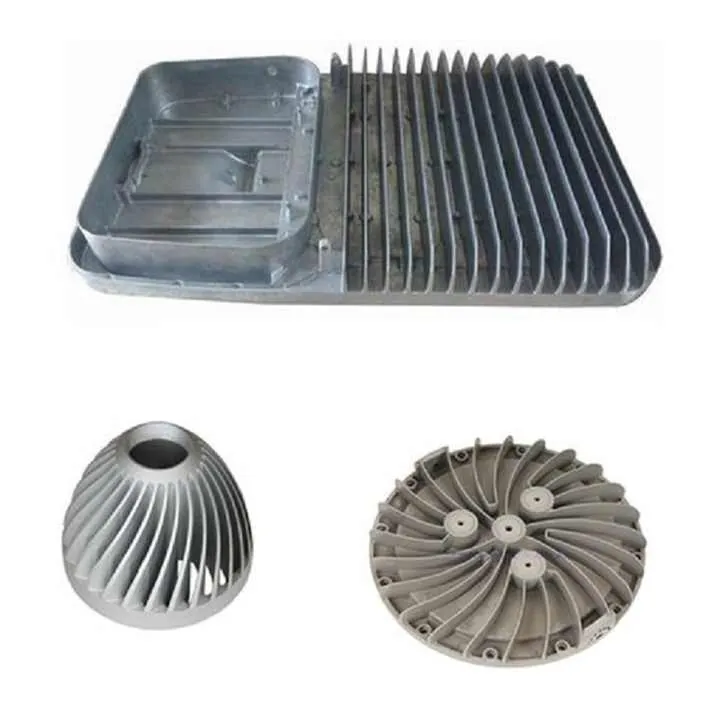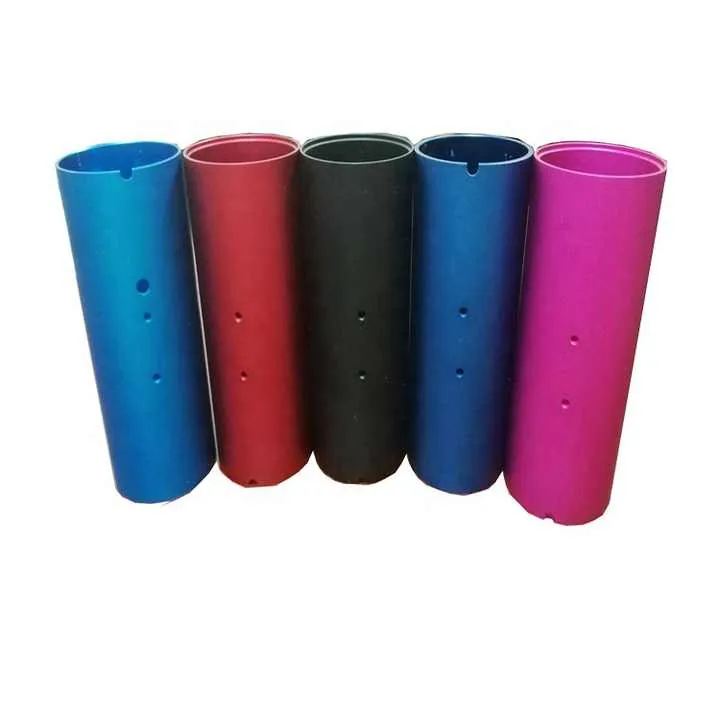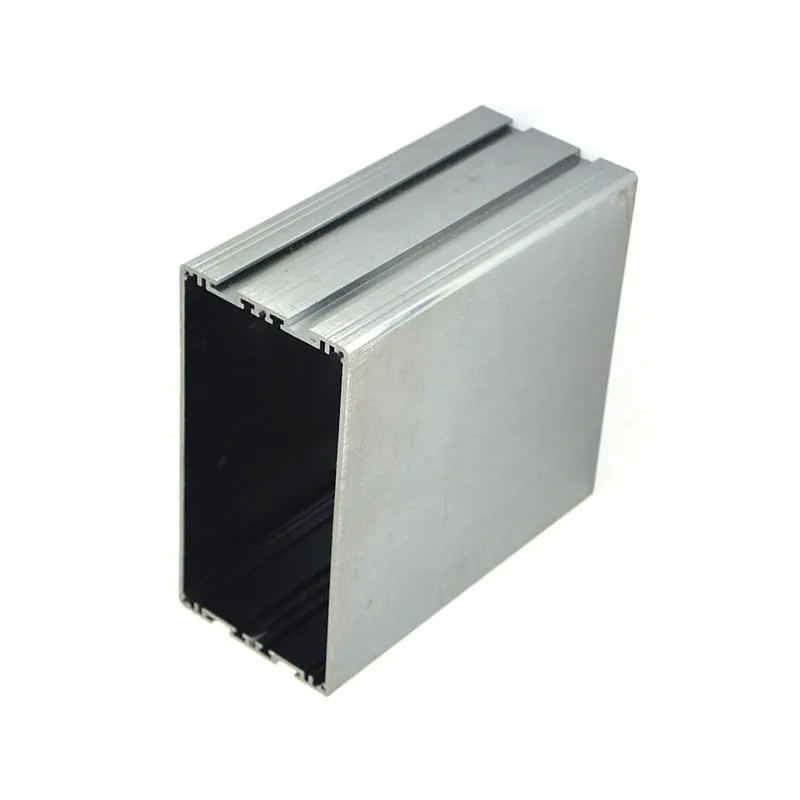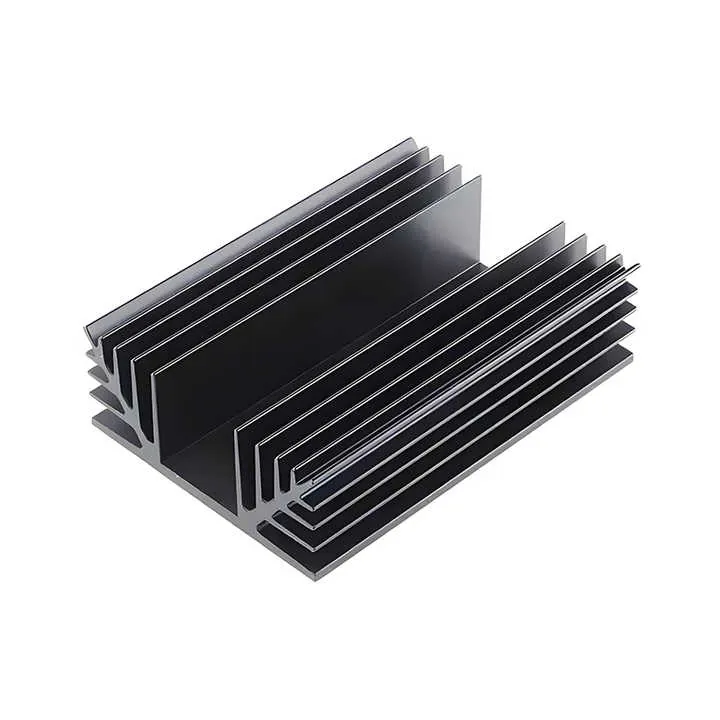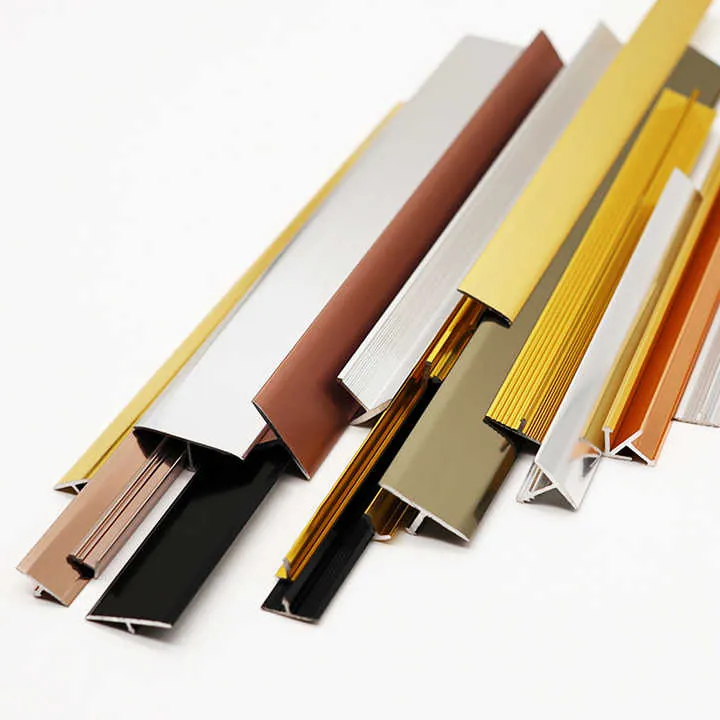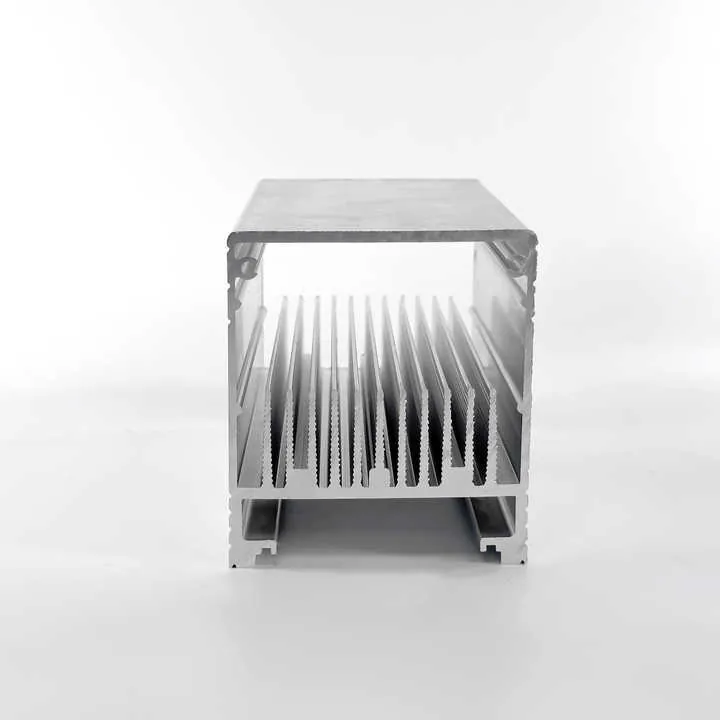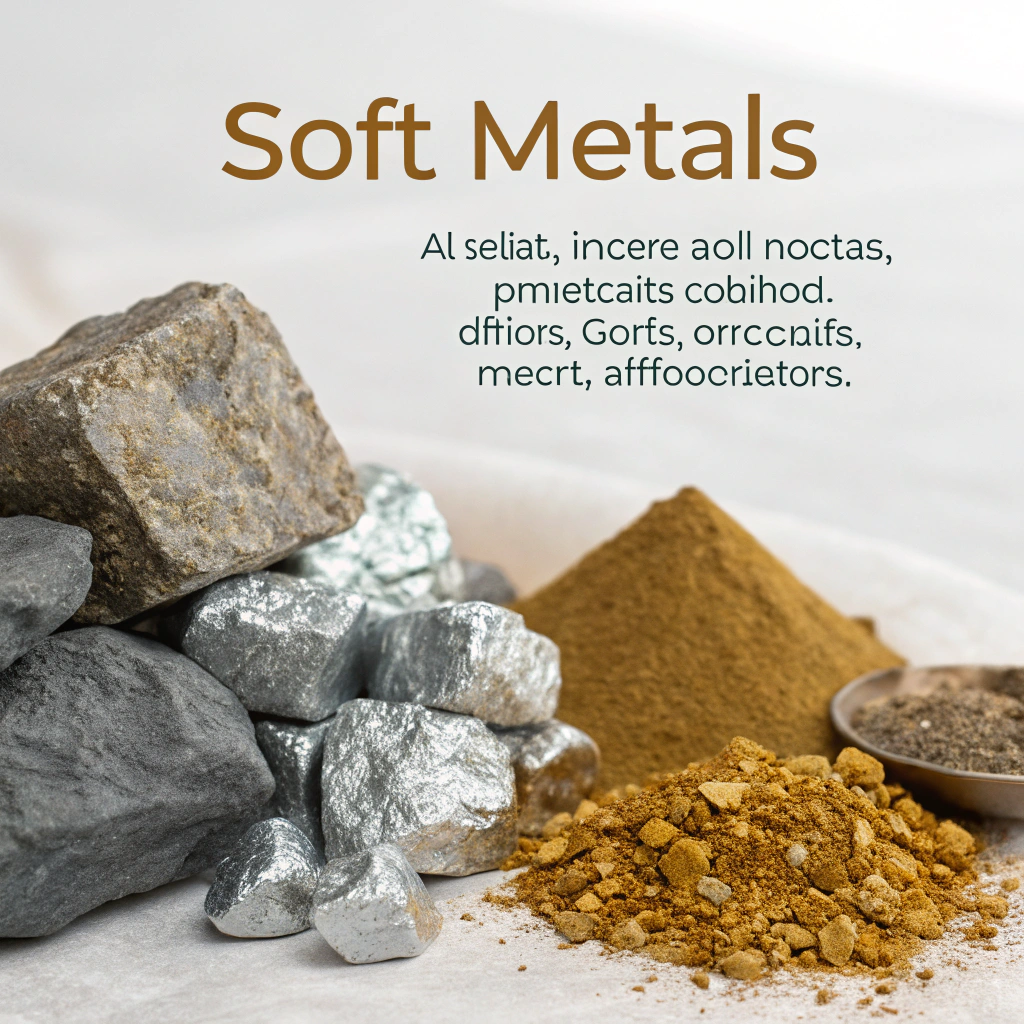
Soft metals often go unnoticed, but their unique properties make them important across multiple industries. Still, most people can't name the softest one—or understand why softness matters.
Cesium is considered the softest metal. It’s so soft that you can press it with a finger and leave a visible dent, even at room temperature.
Many assume that metals are all hard and rigid. But metals like cesium, lead, and tin behave differently. Let’s dive into why cesium holds the title of softest metal, and what this means for science and engineering.
Why is Cesium Considered the Softest Metal?
Cesium might not be a metal you see every day, but it's extremely soft. You don’t even need a blade to cut it—just a little pressure from your finger will do.
Cesium is considered the softest metal because of its large atomic radius, weak metallic bonding, and highly reactive nature. It has a very low melting point and can be deformed easily.
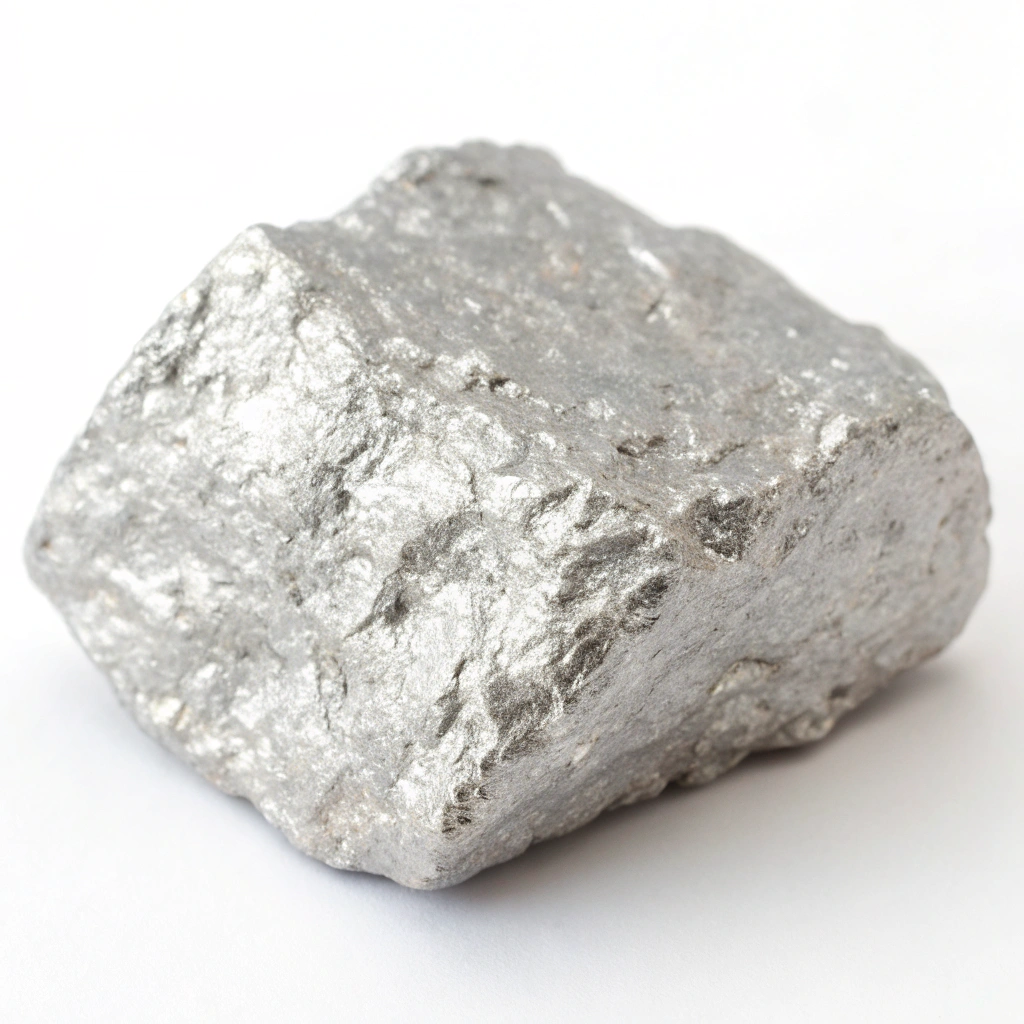
Cesium is part of the alkali metals group. All alkali metals are soft, but cesium takes it a step further. Its atomic number is 55, and it has only one electron in its outer shell. That electron is very loosely held, so the atoms in a cesium metal lattice don't bond tightly. This is why cesium is not just soft—it’s almost mushy.
Key Physical Properties of Cesium
| Property | Cesium |
|---|---|
| Melting Point | 28.5°C |
| Mohs Hardness | ~0.2 |
| Atomic Radius | 343 pm |
| Crystal Structure | Body-centered cubic |
| Density | 1.93 g/cm³ |
Compared to iron or aluminum, cesium is drastically different. Even lead, known for its softness, is harder than cesium. You can't carve iron with a knife, but you can mold cesium with a finger.
Besides softness, cesium is extremely reactive. It ignites in water and must be stored in mineral oil or sealed in glass to prevent accidental reactions with air.
Is Cesium Softer Than Lead or Tin?
You’ve probably heard that lead and tin are soft metals used in soldering or shielding. But how do they compare to cesium?
Yes, cesium is significantly softer than both lead and tin. On the Mohs hardness scale, cesium is rated around 0.2, while lead is 1.5 and tin is 1.8.
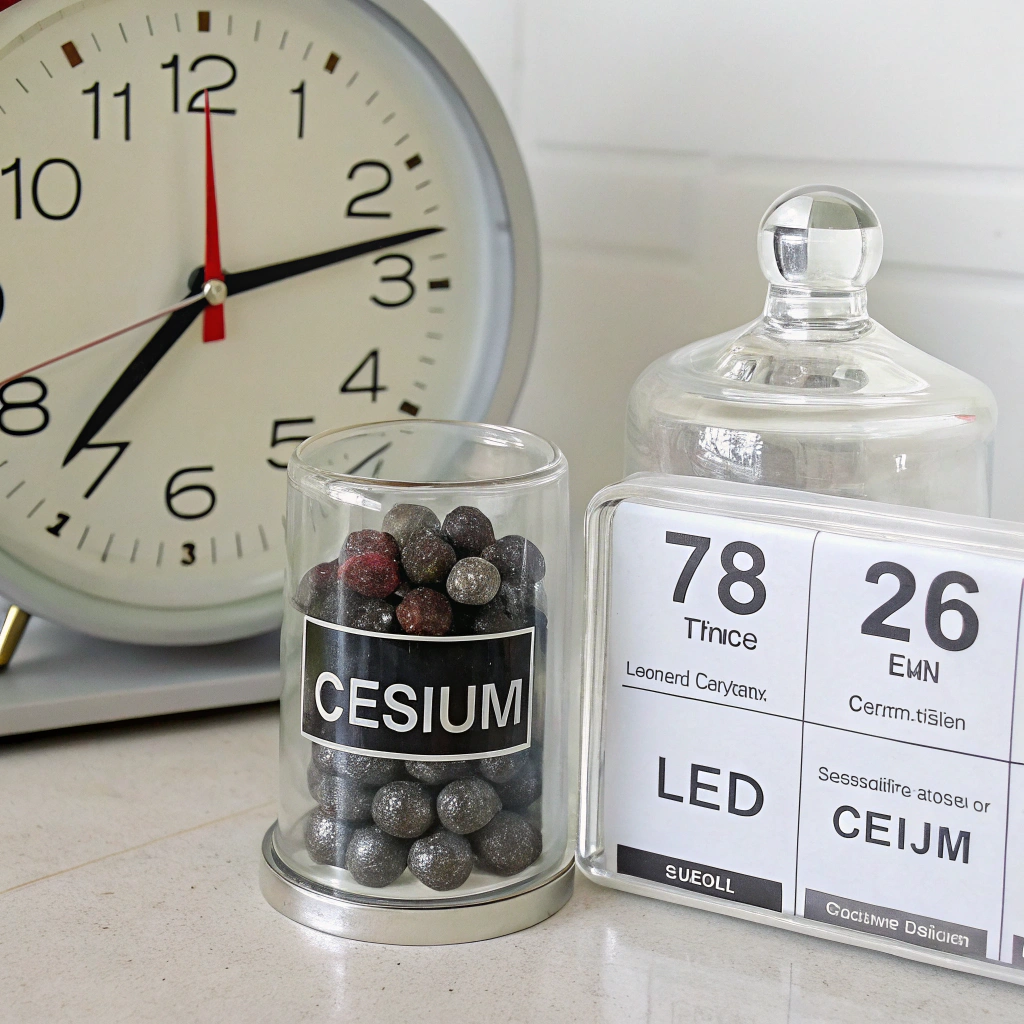
Let’s look at some numbers to see the difference more clearly:
Comparison of Soft Metals
| Metal | Mohs Hardness | Common Use | Reactivity |
|---|---|---|---|
| Cesium | ~0.2 | Atomic clocks, research | Very high |
| Lead | 1.5 | Radiation shielding, batteries | Low |
| Tin | 1.8 | Solder, coating other metals | Moderate |
When I first started learning about materials, I thought lead was the softest because of how easily it bends. That was before I encountered cesium. In the lab, the difference is obvious—you can dent cesium with your nail, but not lead or tin.
Even though lead and tin are soft, they’re stable in air and water, unlike cesium. That’s why cesium isn’t used in the same way, despite its softness.
Can Soft Metals Be Used in Engineering Applications?
When we think of engineering materials, strength usually comes to mind. But not every application needs a hard metal. Sometimes, softness is an asset.
Yes, soft metals are used in engineering—especially in applications requiring sealing, electrical contact, or flexibility. Lead, tin, and indium are all used this way.
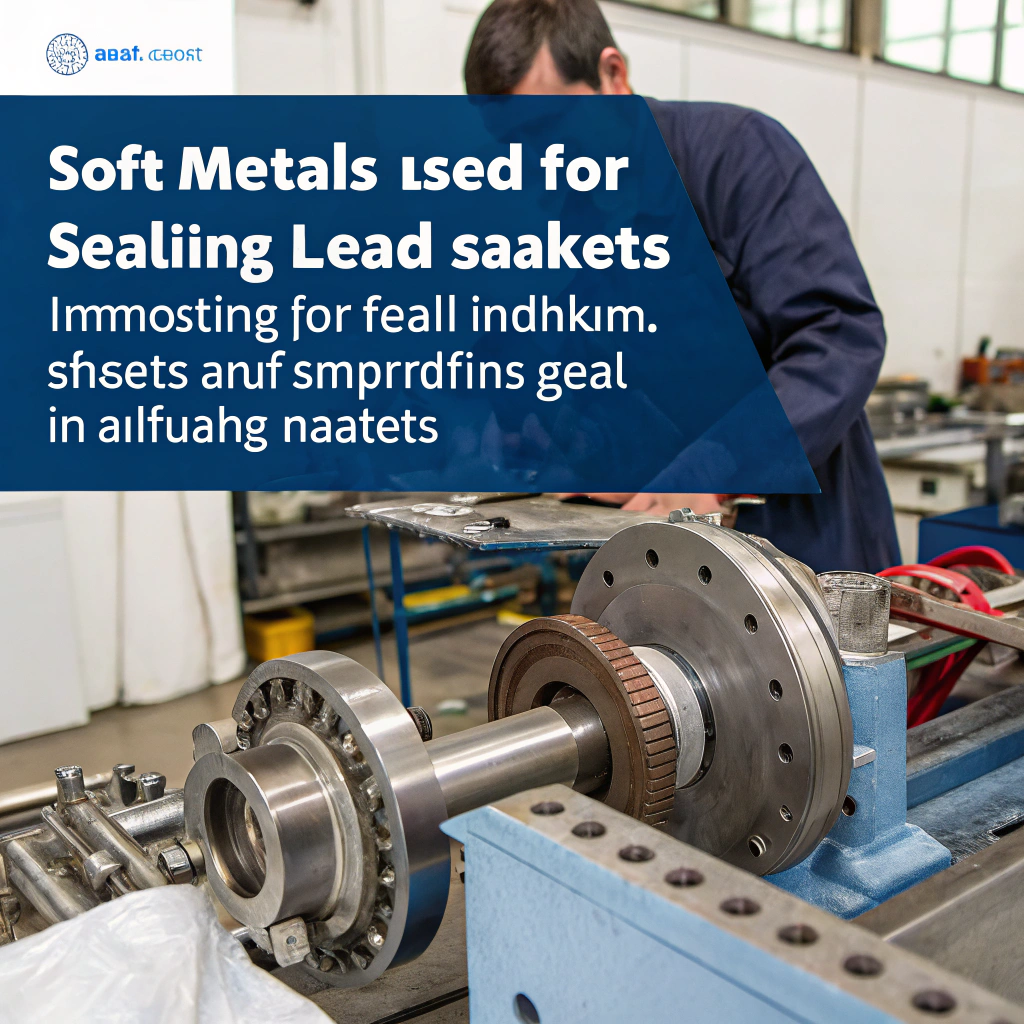
Let me give you some examples from my own experience working with aluminum and soft alloys. For connectors in medical devices, clients often request metals that can deform without cracking. In this case, soft metals offer better conformity to mating parts.
Common Engineering Uses of Soft Metals
1. Sealing and Gaskets
Soft metals like lead and indium are great for creating airtight seals. They deform easily under pressure and fill in tiny gaps, which makes them ideal for vacuum systems.
2. Electrical Contacts
Gold and tin, though soft, provide stable electrical conductivity. They’re used in switches and semiconductor connections where flexibility and contact reliability matter.
3. Soldering
Tin-lead and tin-silver alloys are soft and melt easily, making them perfect for joining circuit board components.
4. Shock Absorption
Soft metals can absorb shock and reduce vibration. They are used in equipment bases, especially in sensitive electronics or optical systems.
However, extremely soft metals like cesium are too reactive for most real-world uses. But more stable soft metals like tin, lead, or indium are used regularly.
What Makes a Metal Soft at the Atomic Level?
Most of us understand “soft” as something we can press or bend. But what causes that on an atomic level? That’s where materials science gets interesting.
The softness of a metal depends on atomic size, bonding strength, crystal structure, and how easily atoms can slide past each other.
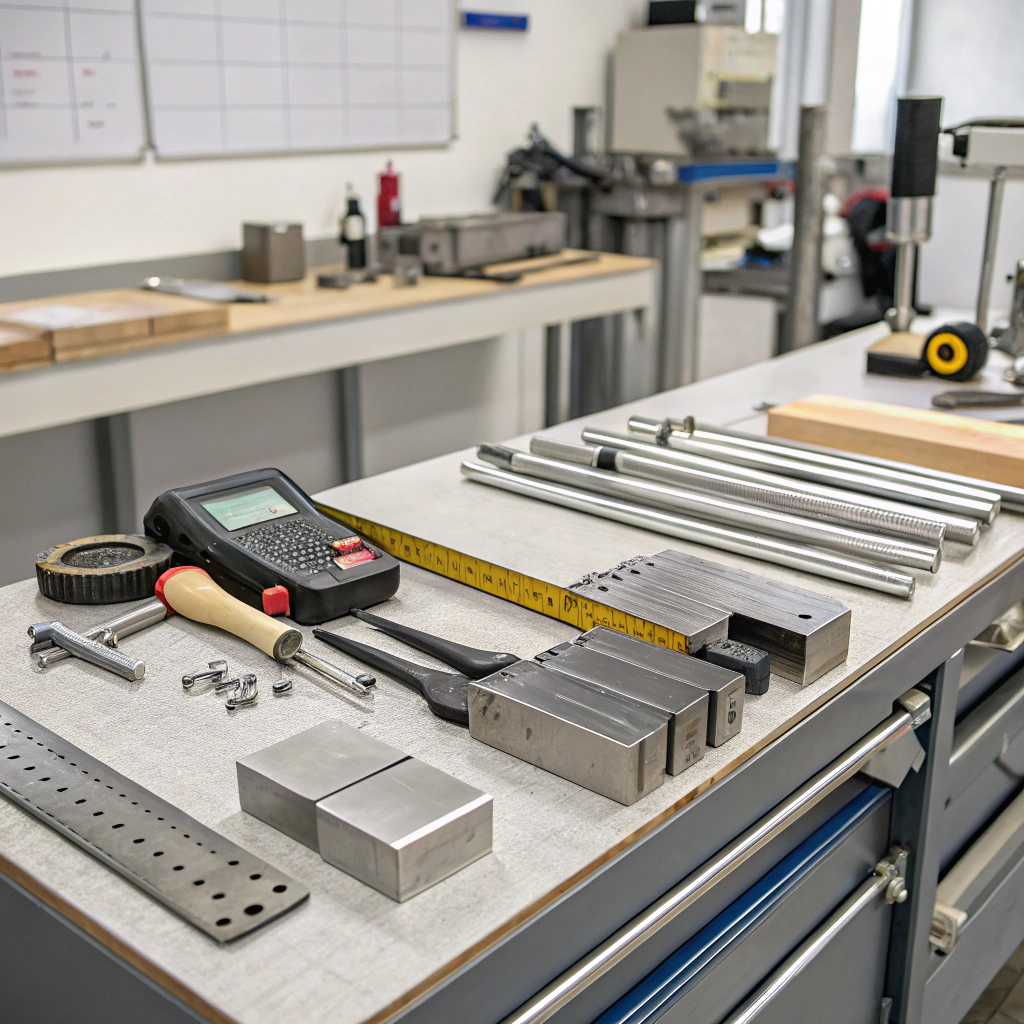
Let’s break this down further:
Key Atomic Factors That Influence Metal Softness
| Factor | Description | Effect on Softness |
|---|---|---|
| Atomic Radius | Bigger atoms have weaker attraction | Increases softness |
| Electron Configuration | Fewer valence electrons mean weaker bonds | Increases softness |
| Bond Strength | Weak metallic bonds deform easily | Increases softness |
| Crystal Structure | Body-centered cubic structures allow more slip | Increases softness |
In cesium’s case, it checks all the boxes. Large atomic radius, weak bonds, and a structure that allows easy deformation. That's why it's so soft.
By contrast, metals like tungsten or chromium have tightly packed atoms and strong bonds. They’re very hard because atoms can’t shift easily under force.
When clients send us drawings asking for specific softness or hardness in parts, we always check material specs for atomic properties. For example, one recent medical housing part needed a balance between rigidity and softness. We recommended an aluminum-magnesium alloy with a controlled temper to meet both strength and flexibility requirements.
Conclusion
Cesium is the softest metal known, and its unique properties help scientists understand how atomic structure shapes material behavior.

